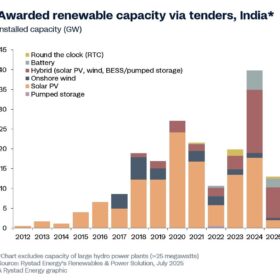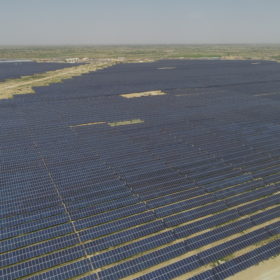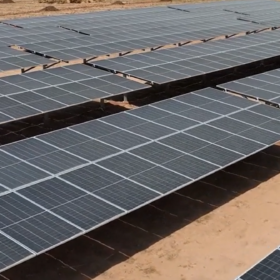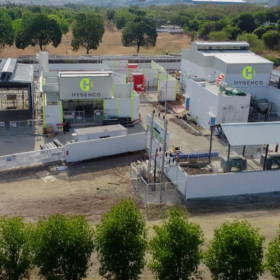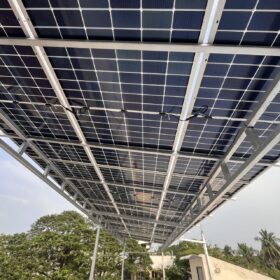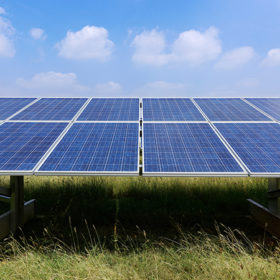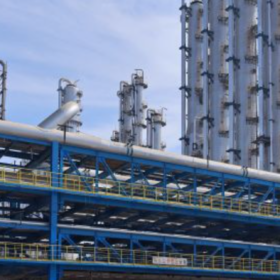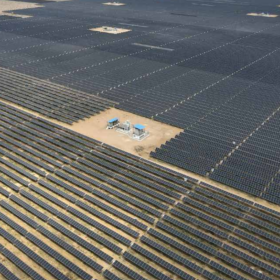India awarded 2.2 GW of standalone battery storage projects in H1 2025: Rystad Energy
India awarded 5.4 GW of co-located solar plus battery energy storage systems (BESS) and 2.2 GW of standalone BESS to developers in the first half of 2025. This marks the nation’s highest BESS allocation to date, says a new report by Rystad Energy.
Reliance to begin solar cell production in Q3
Reliance Industries Ltd (RIL) is set to commission its solar cell manufacturing facility in the next quarter, achieving a significant milestone in its goal of building a fully integrated solar manufacturing value chain in Jamnagar, Gujarat.
India needs to invest $1.5 trillion by 2030 for climate action at scale: Deloitte report
The report highlights significant investment opportunities across renewable energy (solar, wind, hydro), bio-energy, energy storage solutions, green hydrogen and its derivatives, sustainable transport infrastructure, digital systems and platforms for climate action, sustainable agriculture, and circular economy and waste management.
Waaree Renewable Technologies Q1 profit surges 206.77% YoY to INR 86.39 crore
Waaree Renewable Technologies Ltd (WRTL), the solar EPC arm of Waaree Group, has reported a net profit of INR 86.39 crore for Q1 FY26, a 206.77% year-on-year (YoY) increase from the same quarter last year. The company’s revenue from operations stood at INR 603.19 crore, up 155.2% YoY from INR 236.35 crore in Q1 FY25.
Zelestra India scales C&I portfolio to 122+ MW with solar-wind-BESS hybrid solutions
Zelestra India’s commercial & industrial (C&I) portfolio has reached 122.4 MWp through wind-solar-battery energy storage system (BESS) hybrid projects in Tamil Nadu.
The Hydrogen Stream: Hygenco commissions green hydrogen plant to decarbonize Sterlite Technologies’ optic fibre production
Hygenco Green Energies has commissioned Maharashtra’s first green hydrogen and green oxygen production facility in Chhatrapati Sambhaji Nagar. This project will supply green hydrogen and oxygen to optic fibre manufacturer Sterlite Technologies Ltd.’s glass preform facility, supporting its goal to achieve Net Zero by 2030.
Photovoltaics for cargo ships
Wattlab has installed a PV system capable of delivering up to 35 kW to a cargo ship’s high-voltage propulsion system, allowing it to temporarily replace one of four diesel generators under optimal conditions.
Mufin Green Finance raises $6.5 million from Developing World Markets to accelerate EV and clean energy financing in India
The funds will mainly be used for EV loans and leases, while also financing EV batteries, charging infrastructure, and solar panel installations for residential and commercial & industrial (C&I) projects.
Rotomag invests in Su-vastika
The strategic collaboration with Rotomag will equip Su-vastika with deep industrial expertise and robust manufacturing capabilities as it aims to scale clean, intelligent, and scalable energy solutions across India and global markets.
Meeting evening peaks with clean power requires a three-pronged strategy: IEEFA
The persistent evening peaks, which now nearly match daytime highs, reinforce the urgency of deploying storage solutions, demand-side measures and hybrid renewable projects to meet post-sunset demand.
